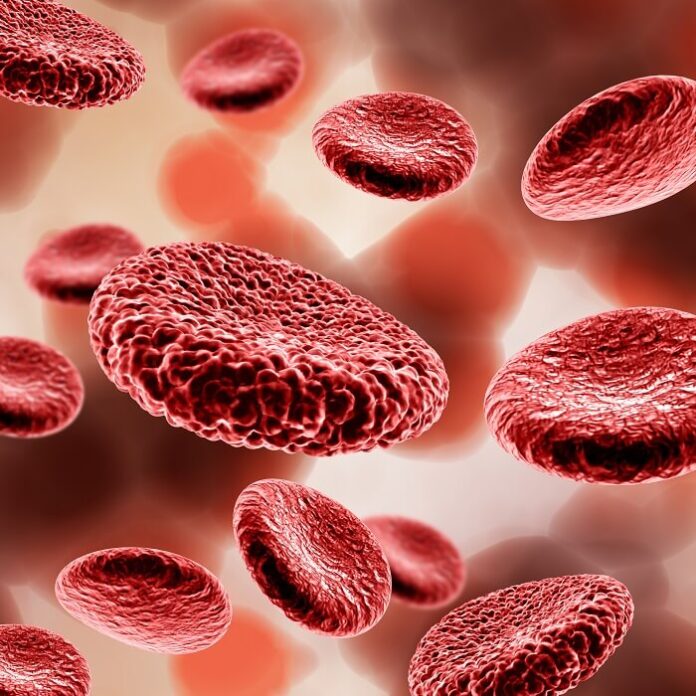The concurrent inhibition of the transcription factors Myc and JunB may offer a groundbreaking therapeutic avenue for treating multiple myeloma (MM), the second most prevalent form of blood cancer. This promising finding comes from a recent study led by a team at the Karl Landsteiner University of Health Sciences (KL Krems) in collaboration with researchers from Austria and the United States. This study is notable for being the first to demonstrate that these two regulatory proteins exert independent effects on MM cells. Their simultaneous inhibition resulted in a synergistic anti-tumor response.
Multiple myeloma is recognized as the second most common hematologic malignancy and remains largely incurable, despite significant therapeutic advancements over the past two decades. Thus, there is an ongoing need for novel treatment options. For several years, Professor Klaus Podar and his team at the Division of Molecular Oncology and Hematology at University Hospital Krems, a research site of KL Krems, have been investigating the role of tumor-associated transcription factors (TFs)—proteins that bind to specific DNA sequences to regulate gene expression—and the potential development of TF inhibitors. Historically, TF inhibitors were considered “undruggable,” but this perspective is changing. Previous studies by the team highlighted the pathophysiological role of JunB in MM, particularly in tumor cell proliferation and drug resistance, and showed that JunB also promotes the growth of tumor-supporting blood vessels in the bone marrow.
Independent Signaling Pathways
As per the press release, this latest study reveals for the first time that JUNB and MYC, another critical TF in MM, manage distinct transcriptional programs. The data suggests that employing dual-targeting treatment strategies against JUNB and MYC could be a promising approach to enhance patient outcomes. The researchers demonstrated that the expression of target genes regulated by both TFs is controlled independently within MM cells. “This was our initial indication that JunB and Myc could govern largely separate signaling pathways in MM cells,” states Prof. Podar.
Synergistic Effects of Dual Inhibition
“Naturally, we were eager to determine whether simultaneously inhibiting both transcription factors would produce a mutually enhancing—or synergistic—effect on MM cells,” says Prof. Podar. The team conducted various experiments to inhibit the TFs individually and in tandem using therapeutic agents or genetic techniques. “Indeed, this combined approach against MM cells resulted in significantly greater cell death in both cellular and animal models compared to single-factor inhibition,” explains Prof. Podar. “Our current focus is on identifying and developing new compounds that can be effectively used in patient treatment.”
























